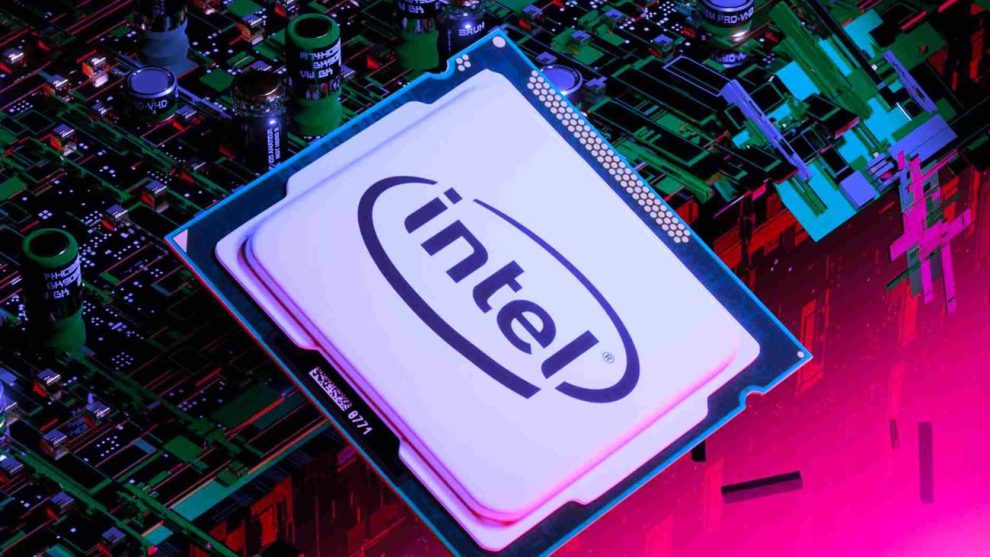Intel is aiming to reclaim its dominance in the Artificial Intelligence (AI) chip market with the unveiling of its latest microchips, the Xeon 6 and Gaudi 3, at a recent developer conference. These new processors promise improved performance and energy efficiency when handling AI workloads in data centers. However, the company faces an uphill battle against established rivals and its own internal struggles.
Xeon 6 and Gaudi 3: Power and Efficiency
The focus of Intel’s announcement is on its new Xeon 6 and Gaudi 3 microchips. Designed specifically for AI applications, these chips boast increased power and lower energy consumption compared to previous generations. Both are targeted towards data centers, which require robust processing capabilities for handling complex AI tasks. The chips are expected to hit the market in mid-2025.
Can Intel Reclaim Its Lead?
While the new chips represent a step forward, Intel has been grappling with a significant challenge: transitioning its business model from solely designing microchips to also manufacturing them. This “foundry” approach, aimed at competing with companies like TSMC, has come at a steep cost – over $50 billion – and impacted the company’s financial performance.
Financial Woes and Layoffs
Following a disappointing earnings report in August 2024, Intel announced a series of tough measures. This included workforce reductions – with layoffs impacting 15% of employees – and the suspension of dividend payments to shareholders. Analysts point out that Intel’s main hurdle lies in falling behind competitors like Nvidia and AMD in the lucrative AI chip market.
Rumors swirl around Intel becoming a potential takeover target, further highlighting its current vulnerability. The company has also hinted at possibly spinning off its foundry business as a separate entity. These uncertainties have contributed to a significant stock price drop – INTC is down over 55% year-to-date, making it one of the worst performers on the S&P 500 index.
“While the new AI chips are positive news, it’s crucial for Intel to address its broader challenges,” says a leading tech analyst. The success of these new chips will depend heavily on their ability to compete in terms of performance and cost with established players.
The future of Intel hinges on its ability to navigate these rough waters. The company needs to demonstrate the effectiveness of its new AI chips and prove its ability to compete in the foundry market. Addressing employee concerns and stabilizing its financial situation are also key factors. Only time will tell if these new chips signal a comeback or remain a footnote in Intel’s ongoing struggle.
















Add Comment